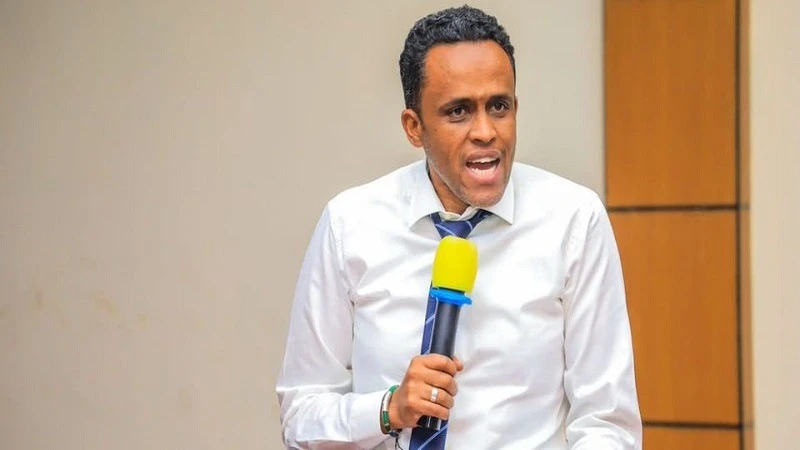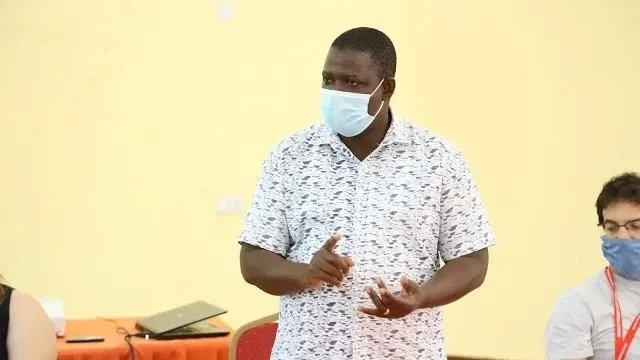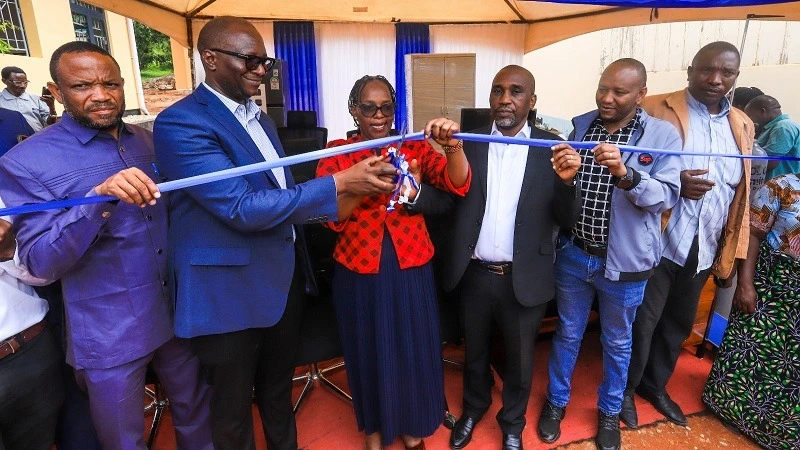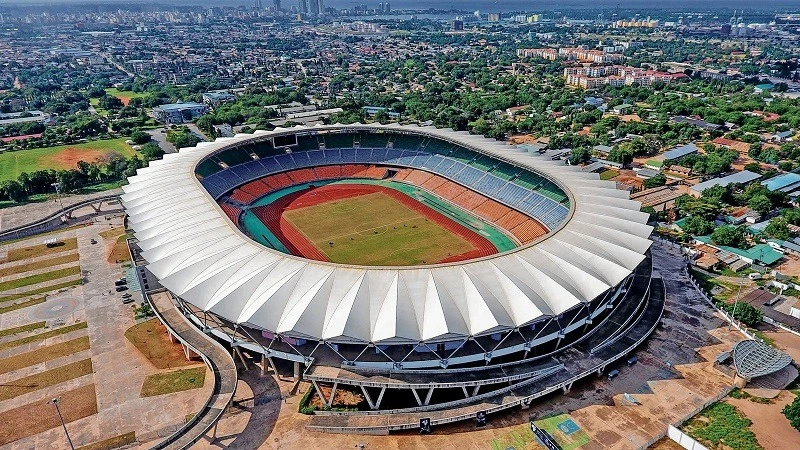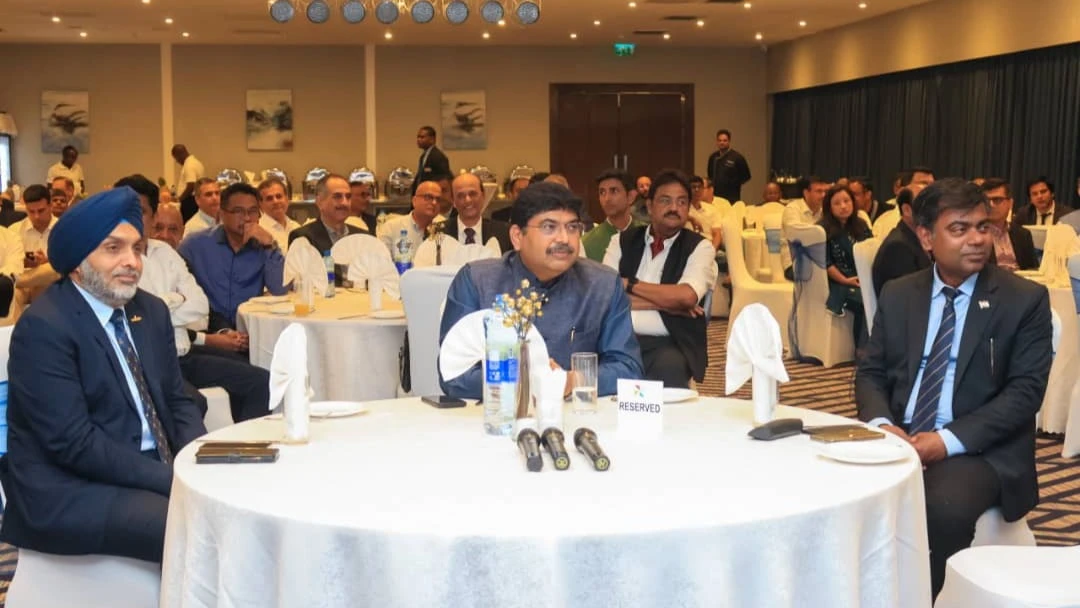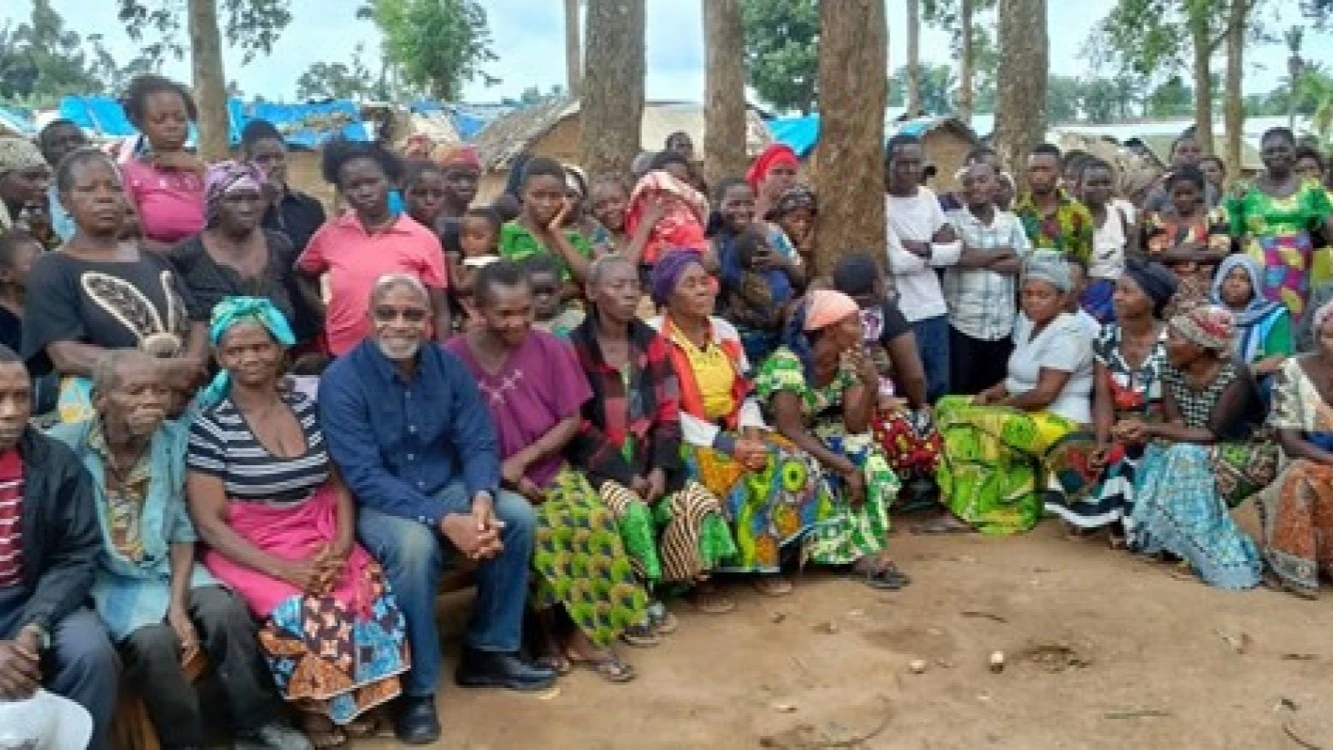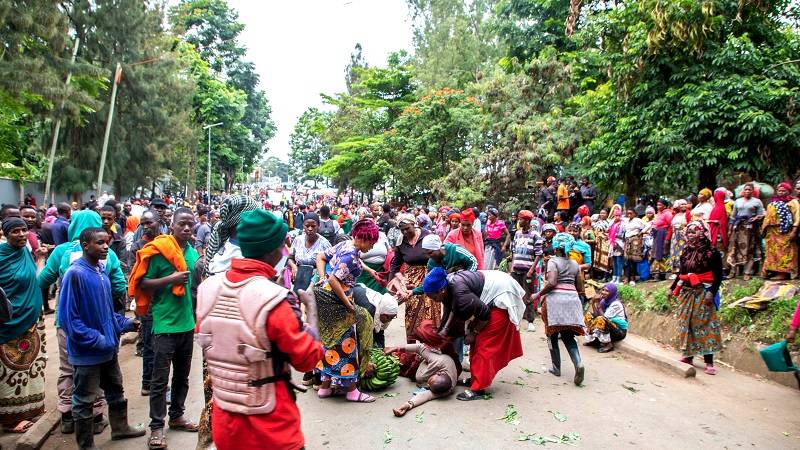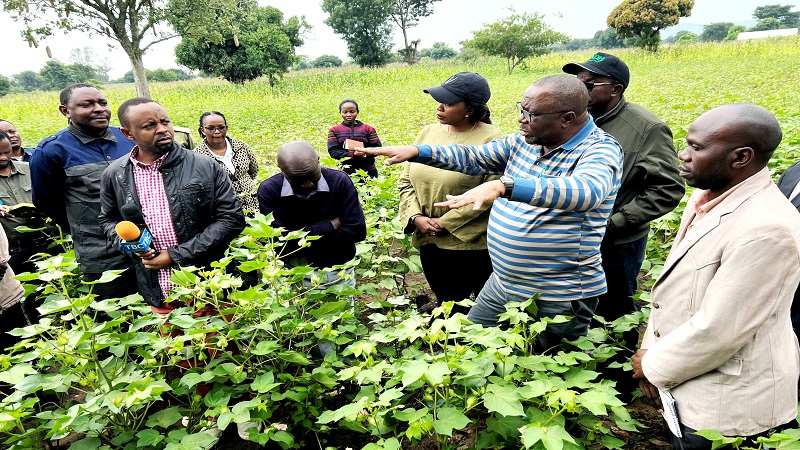NHIF rolls out two tier health coverage format

THE National Health Insurance Fund (NHIF) has set out a two tier coverage system with two sets of packages, a lower cost structure and benefits known as Serengeti and a higher cost structure termed Ngorongoro.
Prices for different components of the two tier packages range from lowest 240,000/- for children in the lower cost and benefits package, to to 6,388,400/- for seniors in the upper cost package.
In its notice set for publication today and availed in Dar es Salaam yesterday, NHIF outlines benefits for each package, where Serengeti offers 1,815 benefits and Ngorongoro has 445 benefits listed.
The annual medical expenditure limit for a single beneficiary is 22m/- for inpatient care and 3m/-for outpatient care under the Serengeti format, while the Ngorongoro module sets 8m/-limit for inpatient care and 2m/- for outpatient care.
Children up to 17 years have a coverage cost of 240,000/- in the Ngorongoro package and 660,000/- in the Serengeti version, while cost the coverage format for individuals aged 18-35 range from 432,000/- to 1,684,800/- in the Ngorongoro format and from 792,000/- to 3,880,800/- for the Serengeti version, the notice indicates.
Persons aged 36 to 59 will have coverage costs ranging from 540,000/- to 1,890,000/- in the Ngorongoro format, and from 1,620,000/- to 5,454,000/-in the Serengeti version.
For individuals aged 60 and above, coverage is set at 708,000/- for the Ngorongoro format and 3,336,000/- for the Serengeti version for couples, with higher rates for couples with children, it specified.
The Serengeti cover entails 907 medicine types, 565 major and minor surgery instances, 315 laboratory tests or examinations, the provision of 17 assistive medical devices with doctor consultations and inpatient services.
The Ngorongoro compact by contrast covers 286 medicine types, 60 surgery instances, 88 tests plus doctor consultations and inpatient services without assistive devices, it further indicates.
The notice explains that these health insurance packages are intended to enable individuals or families to contribute towards healthcare services before illness, ensuring access to medical care.
Other benefits include a wide range of services, specialist care, a 10 percent discount for family enrolments, nationwide coverage in over 10,000 facilities and referral systems for regional and national hospitals.
“Members should be mindful of the annual spending limits and avoid excessive costs. They must wait 30 days after registration before expecting to receive services and renew their membership within 30 days of expiry. Failure to renew within the period results in being treated as a new member with a 30-day waiting period,” it cautions.
Dependents include spouses and up to four biological, adopted or foster children under 21 years of age, it says.
For those paying 50,400/- under the children package, benefits include doctor consultations, specialist consultations, laboratory tests, CT scans, MRIs, ultrasounds, X-rays, ECHO and ECO. Additional coverage includes medications for non-communicable diseases like diabetes, hypertension, sickle cell anemia, heart and kidney diseases tied with inpatient care, ICU, surgeries, dialysis, cancer treatment, dental care, physiotherapy, emergency services and prosthetics, it said.
For those paying 150,000/- under the same class of benefits the annual limit is 2m/- for inpatient care and 500,000/- for outpatient care, it said.
“These packages also cover students at all education levels, offering services at over 10,000 facilities nationwide with a referral system in place for regional and national hospitals,’ the notice added.
Top Headlines
© 2025 IPPMEDIA.COM. ALL RIGHTS RESERVED


